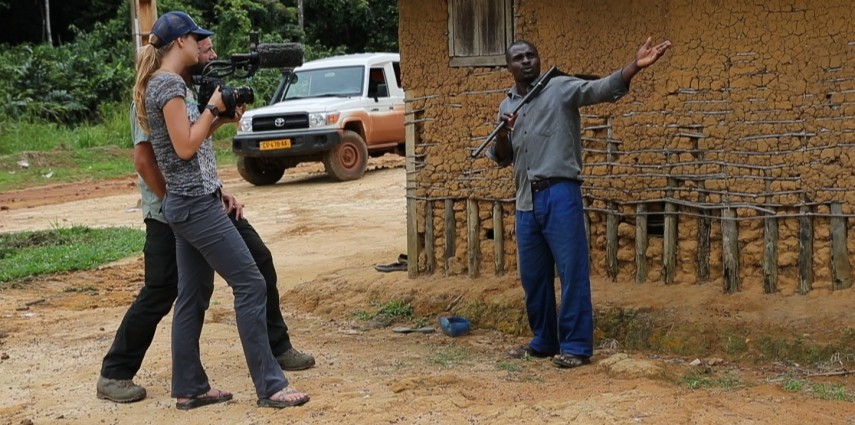Last month I traveled to Gabon with National Geographic Explorers Helle Olsen and Uri Golman, a photographic duo amidst a five-year project to document the world’s last remaining wild places. Gabon is the home of the last remaining healthy populations of mandrills, a monkey made famous by the Lion King’s Rafiki in the early 1990s. The males exhibit colors that are out of control – violets not seen anywhere else in nature. They’re a stunning, charismatic monkey but also incredibly elusive. No one has successfully photographed wild mandrills in their natural habitat, so Helle and Uri set out to document the species and shed some light on the threats to its future.
We spent several weeks working with a completely wild group and a habituated group, before finally getting the images we came for. The largest threat to mandrills in Gabon is the bushmeat trade, so we drove the breadth of the country, visiting bushmeat markets and talking to locals who hunt and eat mandrill, trying to understand the local perspective on bushmeat and discovering that for most people, there really isn’t another protein available other than the wildlife they hunt in the forest – whether it be mandrill, antelope, gorilla or chimpanzee. To find a balance between conservation and feeding people, it seems the government needs to come to a compromise and regulate a quota system that ensure the sustainability of these species. Stay tuned for more on this content in the coming months.

